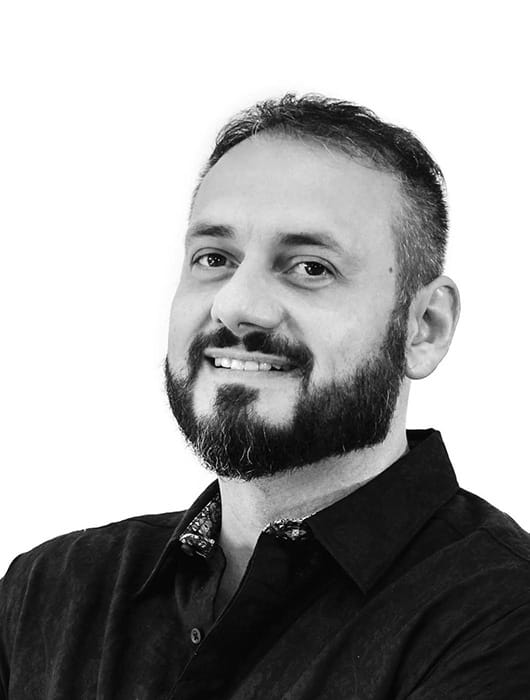Every year, across the United States, 463,634 people are sexually assaulted, of which the majority are women. These assaults occur in many different settings and scenarios, and the abusers aren’t easy to spot; in fact, more than 76 percent of reported sexual assault cases include perpetrators who are family members or close friends. Technology, dating apps in particular, have made the issue more cogent with a report by ProPublica finding that out of 1,200 women who used a particular dating app, more than 30 percent had experienced some form of sexual assault.
Kaloyan Valentinov Danchev, President of Fidelis Marketing Group and author of “My Gift to The World”, discusses key inventions and ideas that are meant to combat these pressing issues within his book.
Aside from the invasive exams and court appearances where victims are forced to relive their experience with their attacker in the room, many experience scrutiny from both official bodies and the general public. In some cases this scrutiny is applicable, considering anywhere from 2.7 percent to 7.1 percent of all reported sexual assaults are false.
The impacts of these falsified reports are equally considerable, with sexual offender registries meaning that the label of ‘rapist’ will follow the falsely accused around for life. We can all agree that the victims in both scenarios deserve justice, but is there a way for us to add layers of protection to give clarity and context to sexual assault when it does happen? And, is there a way for people to report bad behavior so encounters with potential creeps can be prevented?
It’s possible, and it would require the development of two separate, but linked, apps. The first is a sexual consent app, which, once activated would do two things: pinpoint the user’s location and start recording to create a record of consent.
Seeing as Alexa and Siri are voice activated, the same technology could be used to trigger the app with a spoken password or phrase — enabling the user to start a recording even when their device is not within arm’s reach or if they’re in the midst of an assault. Essentially, the app would be like DocuSign, but for legal sexual consent.
This would be linked to a Date Rating app, which could be used as a tool to give people the ability to report both bad and good behavior, providing future dates with an idea of who the person they’re going on a date with is, how they behave interpersonally, and whether there is any red flags or behaviors to be wary of. This provides something of a preventative tool, which can be used to screen dates and ideally, prevent sexual assaults before they occur.
Of course, privacy issues for both apps need to be considered, but there are some simple fixes. Encryption of audio recordings, with the ‘keys’ to open files held only by law enforcement would be one way to ensure privacy with the Sexual Consent app. For the date rating app, well-considered terms and conditions of use could take care of any privacy or defamation concerns — as it’s almost a given that those who receive poor ratings would want them to be removed.
It needs to be acknowledged that even though these kinds of preventative solutions are being discussed, the responsibility is never on the victim and it’s not always possible to defend oneself against an attacker. Despite this, it’s imperative we have as many tools as possible to ensure attackers and false accusers aren’t free to continue committing these crimes.
These apps could be yet another tool in the toolbox, among other innovations like nail polish that changes color when date rape drugs are detected in a drink, or the ‘Ask for Angela’ policies many establishments have implemented. The biggest difference is they would provide a layer of clarity and context for the cases that do occur, protecting victims of sexual assault from being retraumatized as well as the falsely accused from having their integrity brought into question.
With all this in mind, the obvious question is: ‘if the technology is available, why don’t these apps exist yet?

